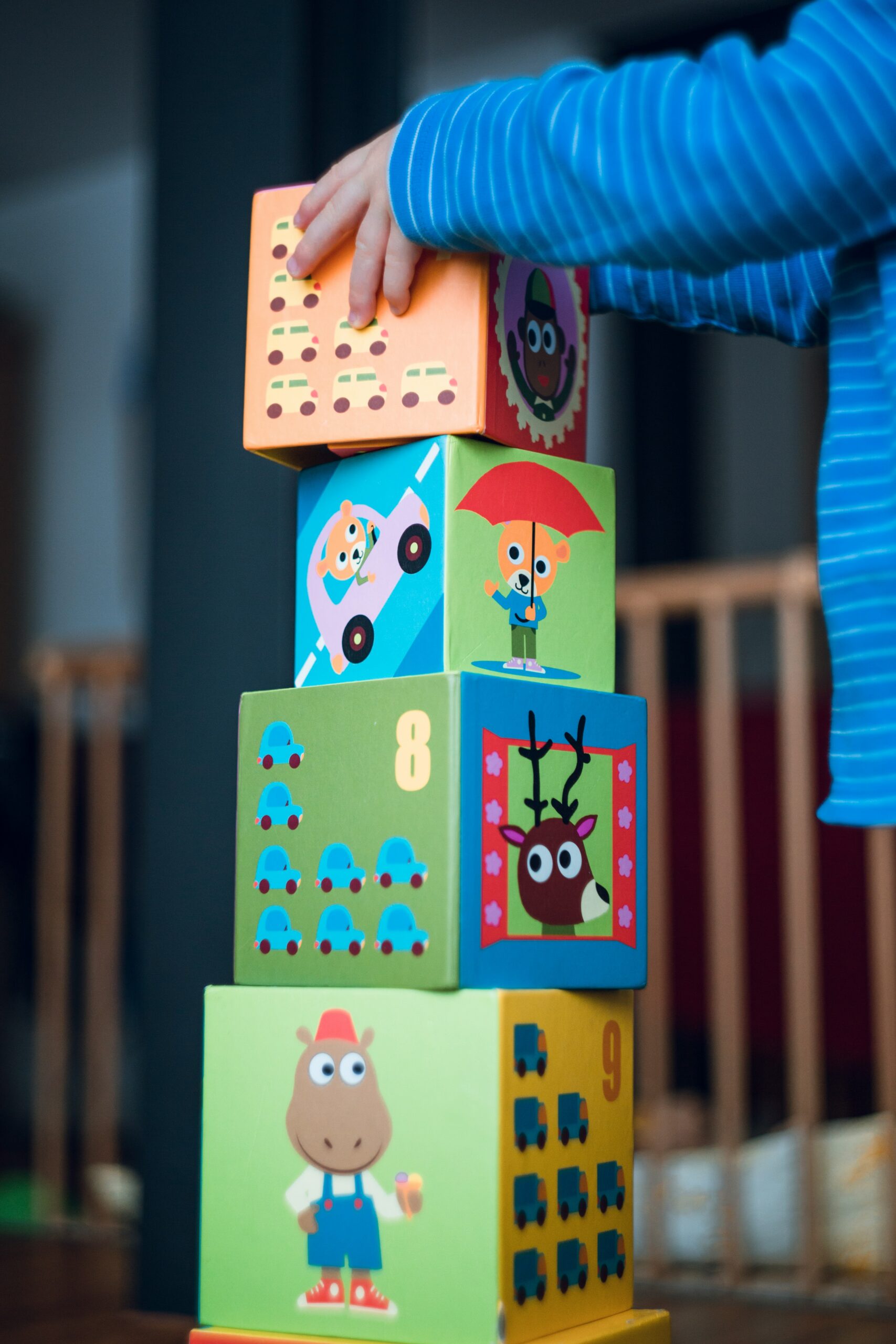

Introduction to the changing landscape of education
Education is undergoing a remarkable transformation. The traditional classroom we once knew is evolving at an unprecedented pace, driven by technological advancements and innovative teaching methods. As society changes, so too does the way we learn and teach. With new opportunities come fresh challenges that educators, students, and parents must navigate together.
Gone are the days when education was a one-size-fits-all approach. Today’s learners demand more personalized experiences that cater to their individual needs and interests. As we look ahead, it’s essential to explore the trends shaping tomorrow’s classrooms—trends that promise to redefine what it means to educate young minds in a rapidly changing world. Let’s dive into this exciting landscape of possibilities!
Technological advancements driving change in classrooms
Technology is revolutionizing classrooms in unprecedented ways. Smartboards replace traditional chalkboards, offering interactive learning experiences that engage students like never before.
Virtual reality (VR) immerses learners in environments that foster exploration and discovery. Imagine stepping inside a historical event or walking through the human body. Such experiences deepen understanding beyond textbooks.
Furthermore, artificial intelligence (AI) personalizes education by assessing individual needs. AI-driven platforms can adapt lessons to match each student’s pace and style of learning.
Mobile devices have become essential tools for both teachers and students. They provide instant access to information, resources, and collaborative opportunities worldwide.
Gamification also plays a significant role in modern education. By incorporating game elements into learning activities, educators motivate students while enhancing retention of complex concepts.
This blend of technology creates dynamic ecosystems where creativity flourishes alongside academic growth. The classroom is evolving into a vibrant hub for innovation.
The rise of personalized learning and its impact on students
Personalized learning is transforming how students engage with their education. This approach tailors lessons to individual strengths and interests, allowing learners to progress at their own pace.
Imagine a classroom where each student follows a unique path. Some may delve deeply into science, while others explore literature or the arts. This flexibility not only ignites passion but also fosters deeper understanding.
Technology plays a crucial role in this shift. Data analytics helps educators track performance and adjust curricula accordingly. Students receive immediate feedback, empowering them to take ownership of their learning journey.
The impact extends beyond academics; it nurtures critical thinking and problem-solving skills essential for future careers. With personalized learning, education becomes less about memorization and more about meaningful engagement tailored to each student’s needs.
As classrooms evolve, so do the possibilities for every learner’s potential growth.
Alternative forms of education such as online learning and homeschooling
Alternative forms of education are flourishing. Online learning has transformed the way students access knowledge. With just a few clicks, learners can explore subjects from renowned institutions around the globe.
Homeschooling is gaining traction as well. Parents are taking charge of their children’s education, tailoring lessons to fit individual needs. This personalized approach fosters stronger family bonds and creates a unique learning environment.
Both options empower students to learn at their own pace. They can dive deep into topics that ignite their passions or speed through areas they grasp quickly.
Flexibility is another significant advantage. Learners set their schedules, balancing academics with extracurricular activities or part-time jobs seamlessly.
As these alternative methods proliferate, educational boundaries continue to expand, offering diverse ways for students to engage with content and achieve success in unconventional paths.
The importance of adaptability and lifelong learning for students
Adaptability is a crucial skill for students in today’s fast-paced world. The landscape of work and technology is constantly evolving, making it essential to embrace change.
Lifelong learning extends beyond formal education. It encourages curiosity, allowing students to explore new subjects and skills throughout their lives. This mindset fosters resilience in the face of challenges.
As industries shift, so do the requirements for success. Students who cultivate adaptability are better equipped to navigate unexpected obstacles. They learn how to pivot when faced with new information or changing circumstances.
Encouraging this approach helps instill confidence. When learners understand that they can continuously grow and evolve, they develop a proactive attitude toward their education and careers.
In an age where knowledge quickly becomes obsolete, fostering adaptability ensures that students remain relevant in any field they choose. Embracing lifelong learning transforms them into well-rounded individuals ready for whatever comes next.
Conclusion: Preparing for the future of education
The future of education is a dynamic tapestry woven from various threads, each representing the desires and needs of learners around the globe. As we navigate this ever-evolving landscape, it becomes clear that preparation is key.
Students must embrace adaptability as an essential skill. The ability to pivot and adjust will serve them well in any environment—traditional or modern. Lifelong learning should become a mindset rather than a goal. With rapid technological advancements and shifting societal demands, being open to new knowledge will be vital for success.
Educators also play a crucial role in shaping tomorrow’s classrooms. They need support to integrate innovative tools effectively while fostering environments where personalized learning thrives. Collaboration between teachers, parents, and technology developers can encourage creative solutions tailored to individual student needs.
As educational models expand beyond conventional boundaries—embracing online platforms and even homeschooling—it’s important for families to stay informed about available resources. This way, they can make choices that best suit their children’s learning styles.
The evolution of education presents both challenges and opportunities. By staying attuned to these trends and fostering an adaptable mindset among students, we are not just preparing for change—we are actively participating in creating a brighter future for all learners.
